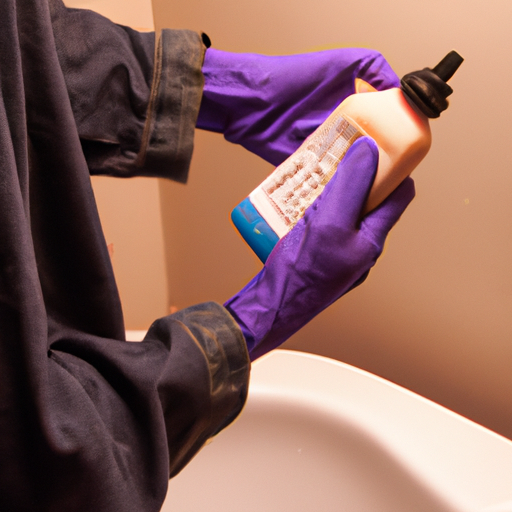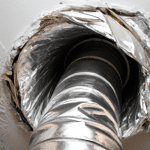Can You Safely Clean Fiberglass with Acetone?
Fiberglass is a versatile and durable material commonly used in various industries, including construction, automotive, and marine. Over time, fiberglass surfaces can accumulate dirt, grime, and other stubborn stains that require thorough cleaning. One popular question that arises is whether acetone can be safely used to clean fiberglass. In this article, we will explore the effectiveness and safety of using acetone for cleaning fiberglass surfaces.
The Effectiveness of Acetone for Cleaning Fiberglass
Acetone is a powerful solvent commonly used in many industrial and household applications. It is known for its ability to dissolve various substances, including grease, oil, and adhesives. When it comes to cleaning fiberglass, acetone can be an effective option for removing tough stains and residue.
Fiberglass surfaces, such as those found in boats or shower stalls, can accumulate layers of grime and residue over time. Acetone can break down these substances, making it easier to clean and restore the fiberglass to its original luster. However, it is important to note that acetone should be used with caution, as it can also damage certain types of fiberglass if not used properly.
Using Acetone Safely on Fiberglass
While acetone can be effective for cleaning fiberglass, it is crucial to follow proper safety precautions to avoid any potential damage. Here are some guidelines to ensure safe and effective use of acetone on fiberglass surfaces:
1. Test in an inconspicuous area: Before applying acetone to the entire fiberglass surface, it is recommended to test it in a small, inconspicuous area. This will help you determine if the acetone will cause any adverse effects, such as discoloration or damage.
2. Use protective gear: Acetone is a strong chemical and can be harmful if it comes into contact with your skin or eyes. Always wear protective gloves, safety goggles, and a mask when handling acetone to prevent any potential harm.
3. Apply acetone sparingly: Only use a small amount of acetone on a clean cloth or sponge. Avoid pouring acetone directly onto the fiberglass surface, as it can lead to excessive saturation and potential damage.
4. Gently scrub the surface: Using a soft cloth or sponge, gently scrub the fiberglass surface in a circular motion. This will help remove dirt, stains, and residue effectively without causing any scratches or damage.
5. Rinse thoroughly: After cleaning with acetone, rinse the fiberglass surface thoroughly with clean water. This will remove any remaining acetone residue and ensure that no chemical traces are left behind.
Alternative Cleaning Methods for Fiberglass
If you are concerned about using acetone or if the fiberglass surface is particularly delicate, there are alternative cleaning methods that can be equally effective. Some of these methods include:
1. Mild soap and water: Mix a small amount of mild dish soap or detergent with water. Using a soft cloth or sponge, gently scrub the fiberglass surface to remove dirt and stains. Rinse thoroughly with clean water.
2. Vinegar solution: Create a solution of equal parts white vinegar and water. Apply the solution to the fiberglass surface and let it sit for a few minutes. Gently scrub with a soft cloth or sponge, then rinse thoroughly.
3. Baking soda paste: Mix baking soda with water to create a paste. Apply the paste to the fiberglass surface and let it sit for a few minutes. Gently scrub with a soft cloth or sponge, then rinse thoroughly.
Conclusion
In conclusion, acetone can be an effective option for cleaning fiberglass surfaces, but it should be used with caution. Always test in an inconspicuous area and follow proper safety precautions, such as wearing protective gear. If you are unsure about using acetone or if the fiberglass is delicate, alternative cleaning methods like mild soap and water, vinegar solution, or baking soda paste can be used. Remember to always rinse the fiberglass surface thoroughly after cleaning to remove any residue.




